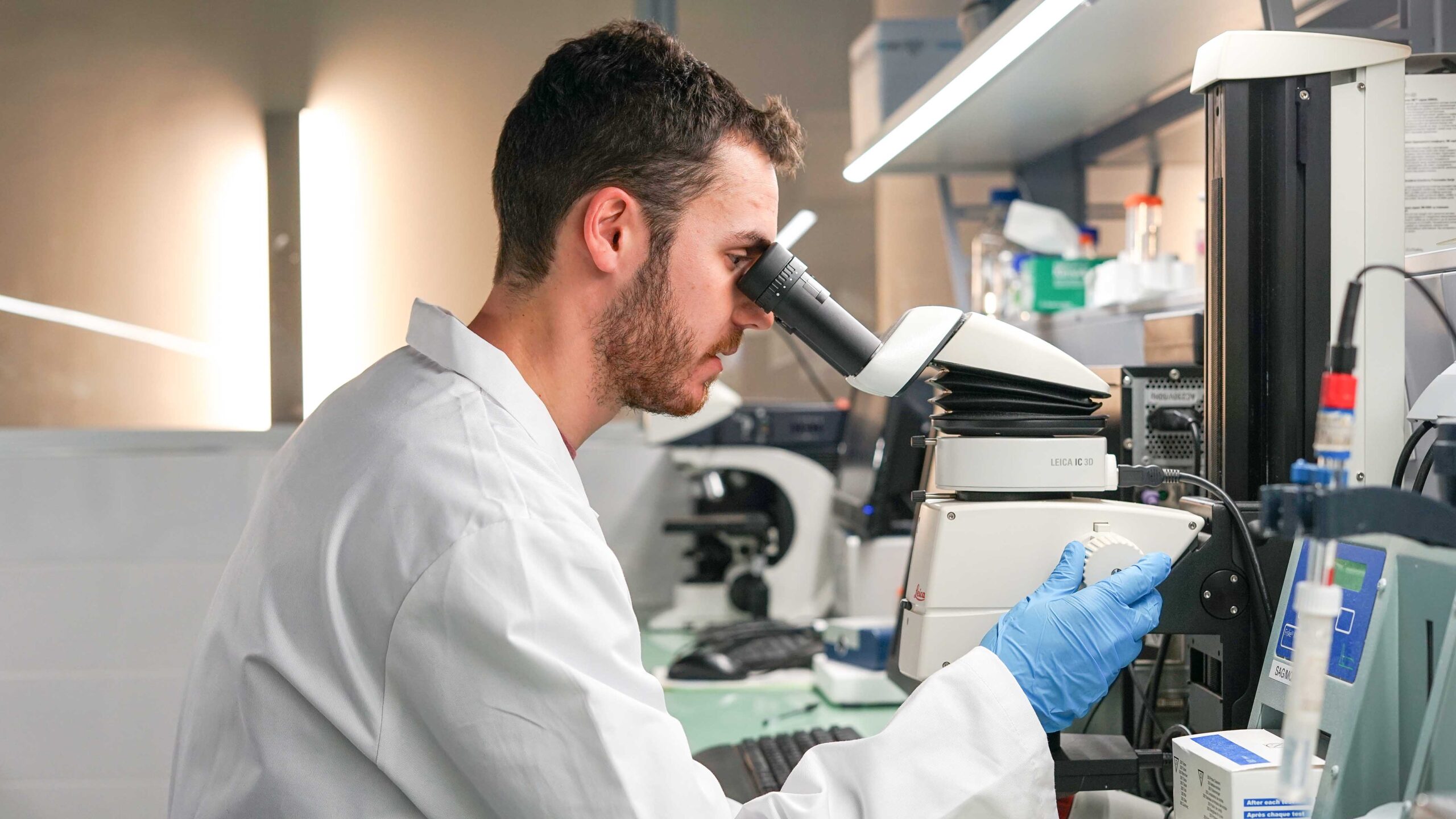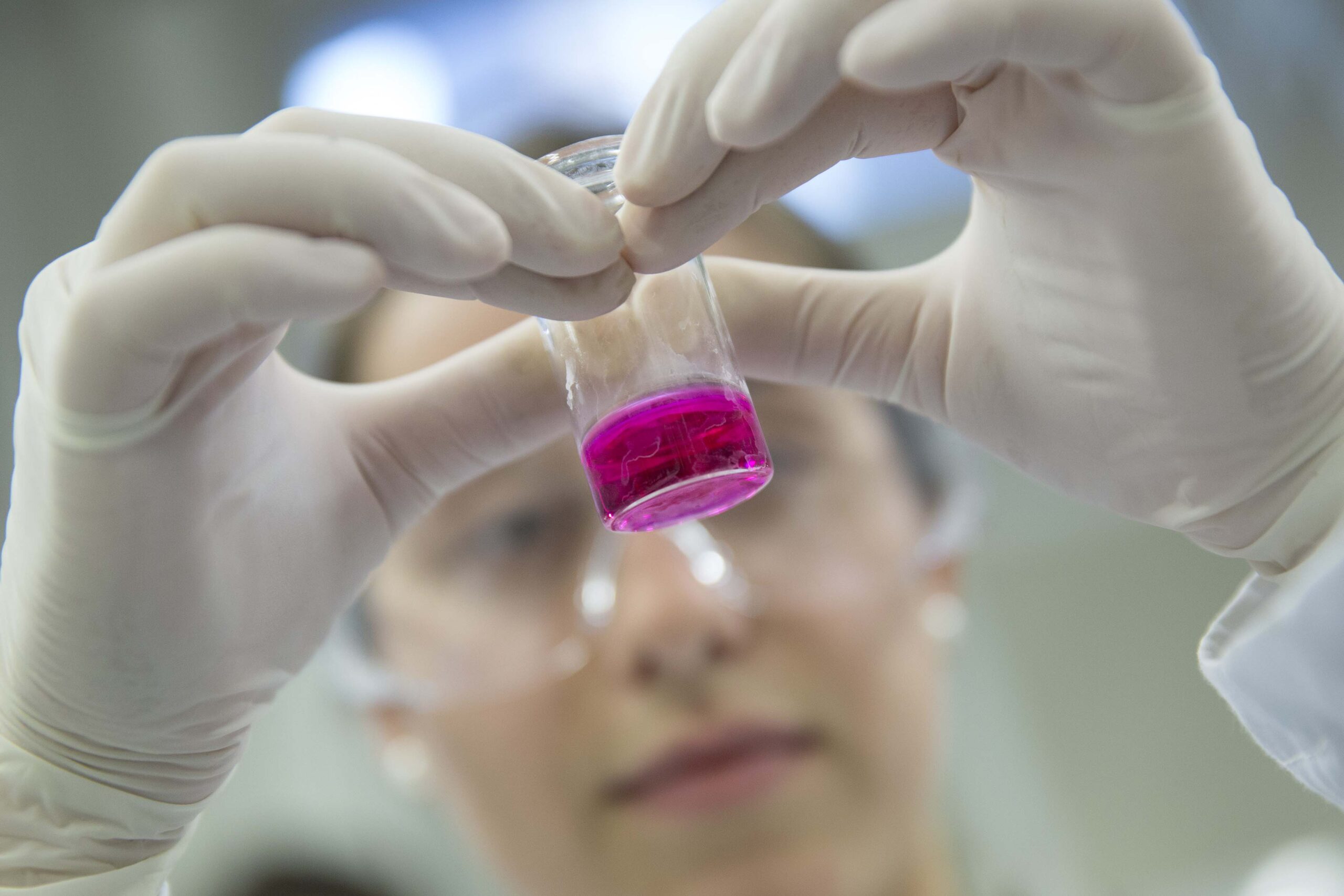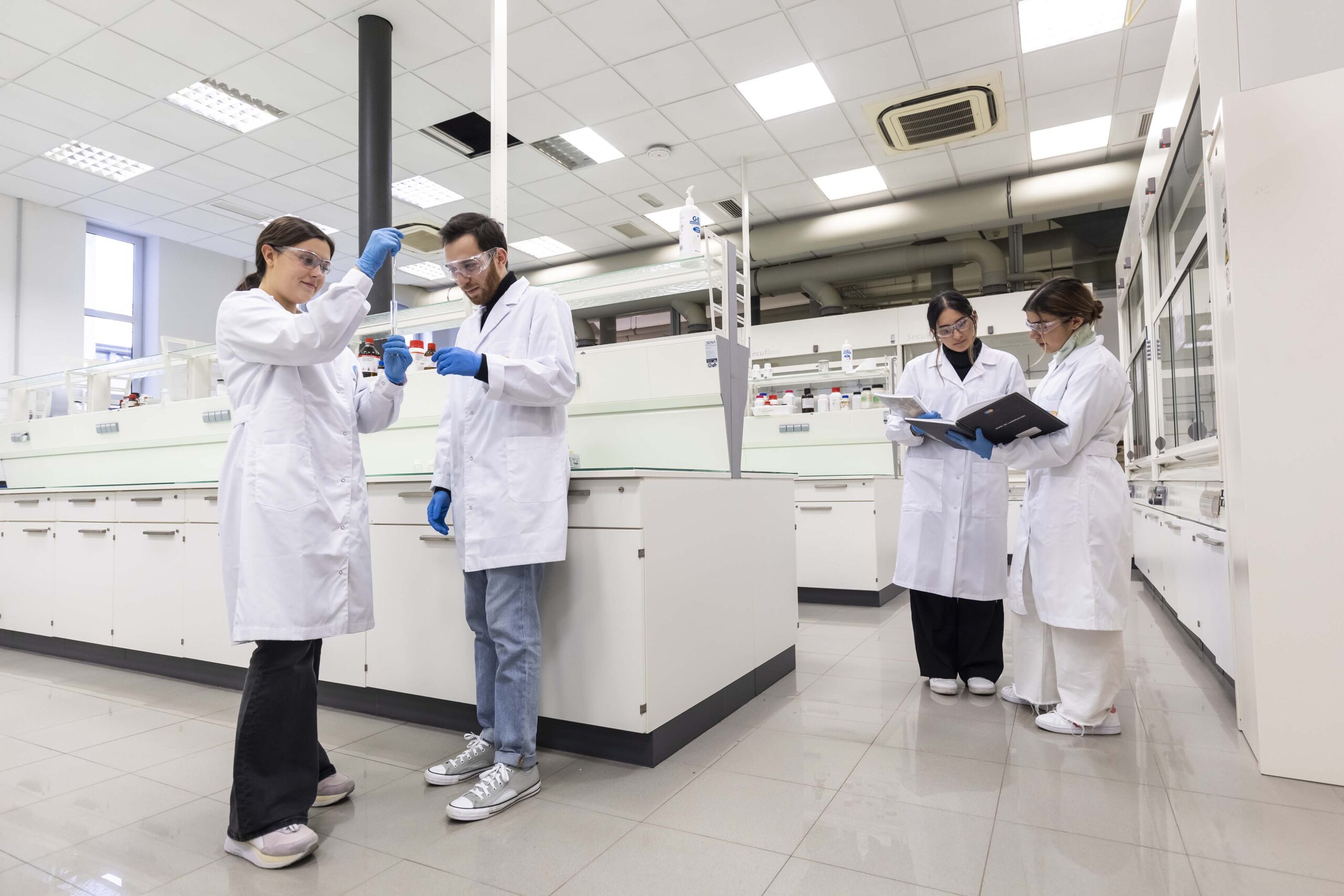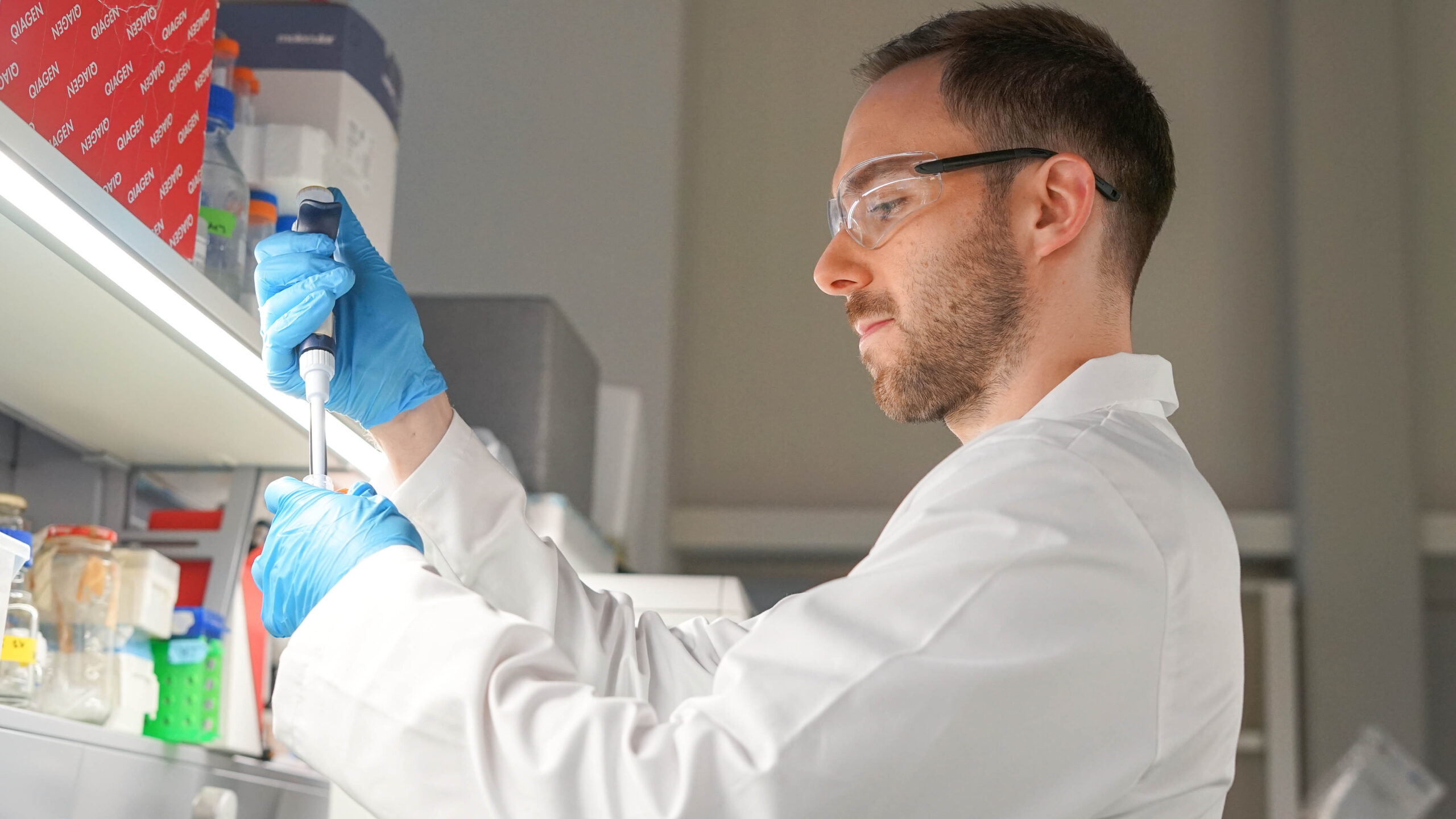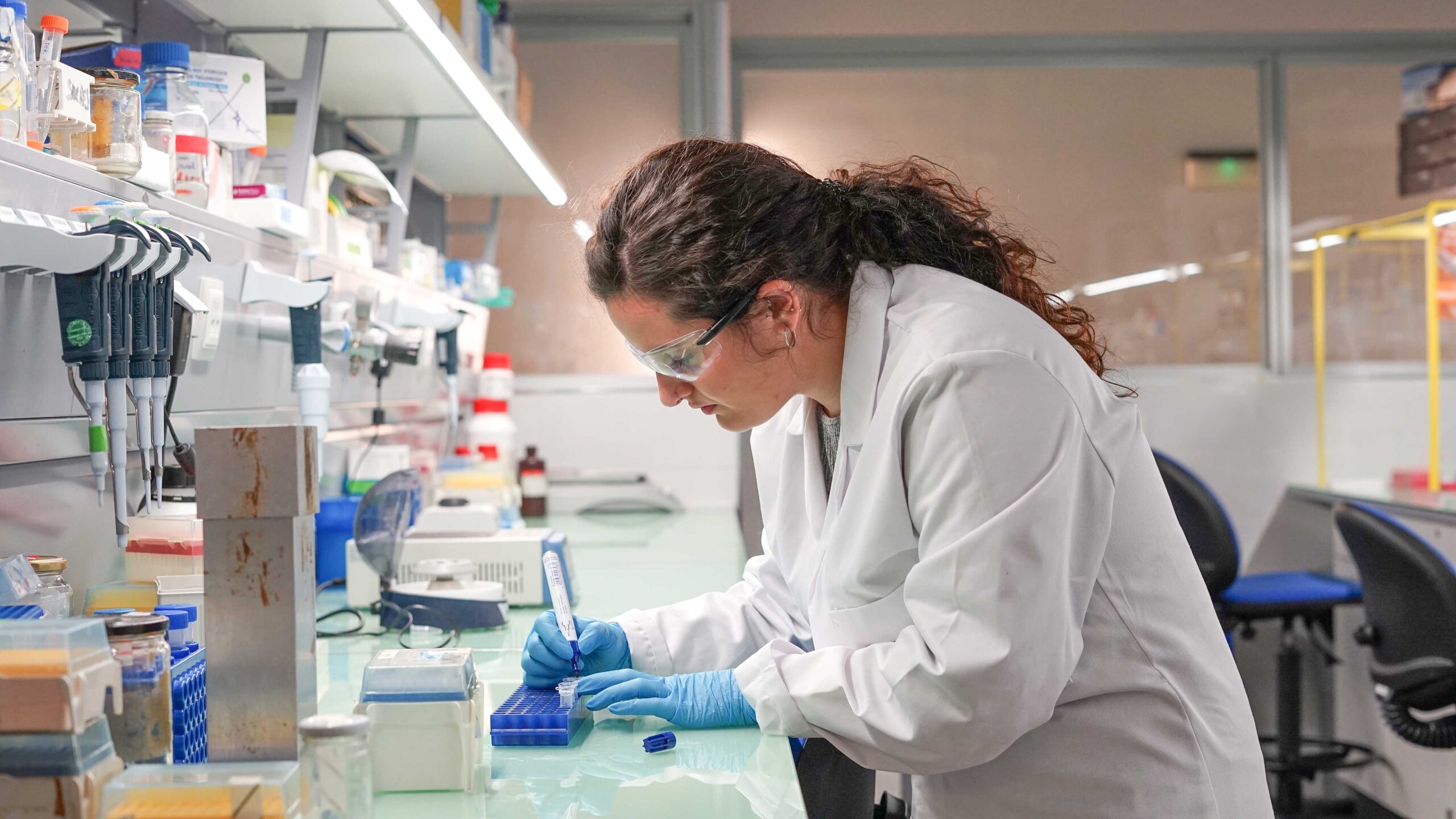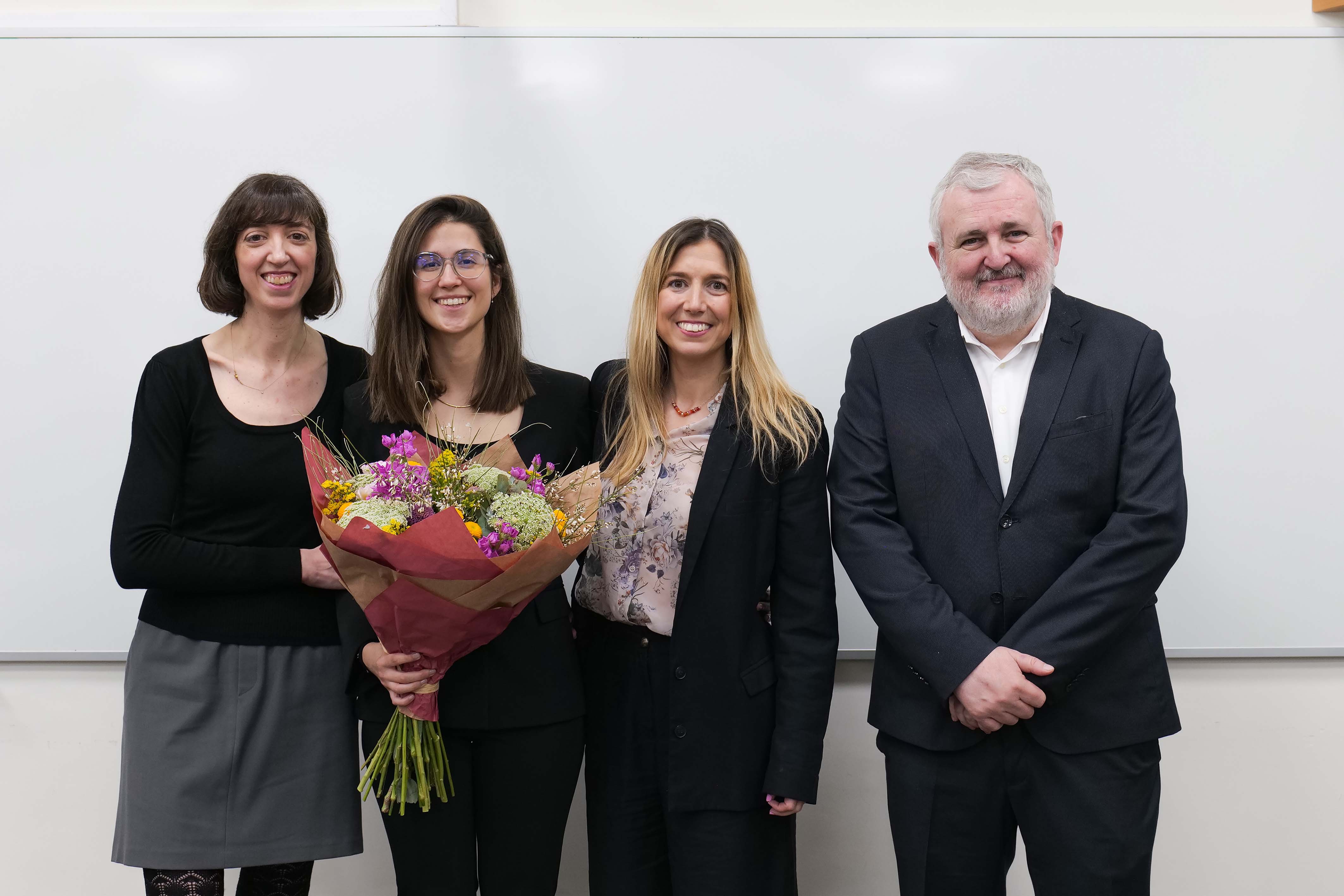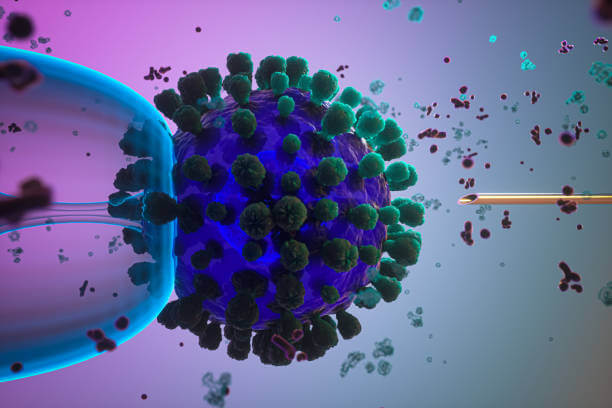Nanomedicine is transforming the way diseases are diagnosed, treated, and managed. Understanding the complex behaviour of nanoparticles (NPs) within biological systems is essential to achieving much more effective treatments, since many of them now fail to deliver the load to the target cells due to the obstacles caused by biological barriers. Thus, it is essential to visualize the dynamics of these NPs efficiently, although it is currently a considerable challenge due to the limitations that exist in imaging techniques.
Therefore, it is necessary to have microscopic techniques to study the behaviour of NPs in their interaction with cells, from the first contact with the cell membrane to the release of the active ingredient they carry.
This is the challenge that Dr María Navalón faced in her doctoral thesis, conducted at IQS under the title Development of advanced techniques to elucidate the intracellular traffic of nanoparticles from pßAE, with the primary objective of addressing this technological gap and developing and perfecting advanced microscopy methods that make it possible to understand the behaviour of NPs, thereby expanding the frontiers of nanoformulation research for biomedical applications. Her thesis was supervised by Dr Salvador Borrós Gómez and Dr Cristina Fornaguera Puigvert, within the Materials Engineering Group (GEMAT) at IQS, along with Dr Silvia Pujals from the Institute for Advanced Chemistry of Catalonia IQAC – CSIC.
Study of the behaviour of NPs in their interaction with cells
To carry out these studies, Dr Navalón first carried out the characterization of OM-pßAE (Oligo Modified poly(β-amino ester)) nanoparticles, biodegradable and biocompatible polymers developed within the GEMAT group. In doing so, she made various modifications and studied how these alterations affect the physicochemical and mechanical properties of NPs, as well as their interactions with cellular environments.
These initial studies revealed that conventional imaging techniques are insufficient to fully decipher the intracellular routes and destinations of NPs. To overcome this challenge, Dr Navalón developed two innovative super-resolution techniques to study the transit of NPs: Polyplex Expansion Microscopy (PExM) and Correlative Light and Electron Microscopy (CLEM). These microscopy – nanoscopy methods revealed how subtle structural variations in NPs influence intracellular pathways, and which ones facilitate the release of the active ingredient transported within cells.
Studies in cellular models
Based on these results, Dr Navalón studied the behaviour of the OM-pßAE NPs in 3D cellular models to better simulate the conditions of the in vivo assays. Spheroidal 3D models were used as they offer more relevant physiological models but are difficult to follow by conventional microscopic techniques.
Studies on the penetration of OM-pßAE NPs into spheroids were conducted using Multiphoton Microscopy (MPM), a technique that offers the ability to observe complex and dynamic biological processes with a great depth and minimal invasion. These observations corroborated the results obtained with the previous PExM and CLEM techniques. This part of the thesis was carried out in collaboration with the group led by Dr Johan Hofkens and Dr Susana Rocha from the KU in Leuven.
Beyond considering the need to study and understand the behaviours of nanosystems in depth to improve their clinical efficacy, Dr María Navalón’s thesis brings new and powerful study tools to the scientific community to make drug delivery systems more precise, opening the way towards a future optimization of the design and application of nanoparticle-based therapies.
Related publications
- María Navalón Lopez et al, Unravelling the role of individual components in pBAE/polynucleotide polyplexes in the synthesis of tailored carriers for specific applications: on the road to rational formulations, Nanoscale Adv, 2023, 5, 1611-1623
- María Navalón Lopez et al, PExM: polyplex expansion microscopy for cell trafficking studies, Nanoscale, 2024, 16, 11969-11976. This article forms part of the 2025 International Women’s Day Collection: celebrating Women in Nanoscience, by the Royal Society of Chemistry, published on the occasion of International Women’s Day 2025.
